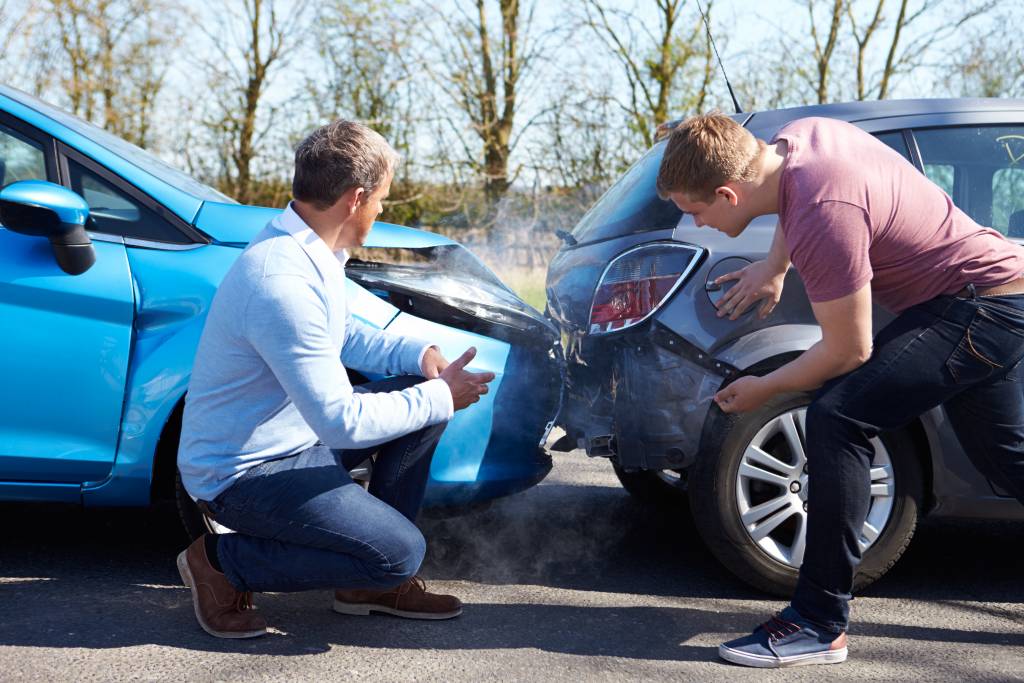When you purchase a new vehicle, its value starts to decrease immediately as it loses thousands of dollars as soon as you get behind the wheel. And if you financed your new car, you may owe more than it’s even worth for years while you are repaying your loan.
That’s where gap insurance plays an important role. Gap insurance is insurance that covers the difference between what your vehicle is worth and what you owe on it – and it’s the best way to ensure you aren’t left paying thousands of dollars after a single accident.
 What is Gap Insurance?
What is Gap Insurance?
Even on new cars, getting in an accident is financially dangerous, as car insurance policies only pay the fair market value of your car’s worth if it’s totaled in an accident. They don’t pay the amount you still owe on the car. This means you might be left with a remaining loan balance after your insurance company pays what your car is worth to the lienholder.
Gap insurance protects you from owing your lender money on a new car in the event of an accident. Should your new car be totaled, gap insurance covers the rest of the money you owe on that vehicle.
If you have gap insurance on your new vehicle, it’ll come into effect if your car is written off by the insurance company as a total loss. After your regular insurance company pays the fair market value of the vehicle to your lienholder, your gap insurer will pay the remainder of what you owe on the vehicle. This makes certain that your lienholder will be made whole, and you won’t be responsible for paying off the balance still owed on your auto loan.
Some lenders require that you purchase gap insurance when you buy a new vehicle so they can make certain they’ll be repaid if the vehicle is totaled. If you don’t have gap insurance and total your car, your lienholder may come after you for the difference between what your insurance company pays and the remaining amount that is owed on your car loan.
According to the nonprofit group United Policyholders, most lenders will ask for a flat fee of $500 to $700 to provide gap insurance. If you roll the insurance into your loan at the dealership, you’ll pay interest on its cost. It’s a much better – and more affordable – idea to pay for your gap insurance in one fee rather than to roll it into your loan, and it’s possible to find this insurance much more cheaply by searching online than by purchasing it at the dealership.
Is It Helpful?
Gap insurance can be very helpful if you’re in an accident, and it’s also sometimes necessary. Even if gap insurance isn’t required with your new car, getting gap insurance is still a good idea – especially if you make a very small or no down payment on your new car purchase.
Gap insurance is also helpful if you finance your car for periods lasting for 60 months or longer. This is because you will be paying down the premium much slower, and your car may depreciate faster than your loan balance decreases.
How Do I Save on Gap Insurance?
There are several ways to save money on gap insurance. Most importantly, don’t buy gap insurance at the dealership because it often costs more there. And make sure you don’t roll gap insurance into your car loan. If you do, you’ll pay much more for it because you will pay interest on it.
You can search online for gap insurance. There are several standalone companies that sell gap insurance and that charge from $200 to $300 as a one-time purchase cost. And when searching online, you can easily and quickly compare your options, different prices, and coverage.
You might also be able to save a lot of money on your gap insurance by talking to your standard auto insurance provider. Many will allow you to add gap insurance to your policy in addition to your comprehensive and collision coverage. Doing this will add a few dollars to your monthly payments.
When you’re getting ready to buy a new car, it’s important to consider getting gap insurance if you finance it. Gap insurance may help to protect you in the event that your car is totaled in an accident or in a natural disaster. It may also offer protection if your vehicle is stolen. Without gap insurance, you may find yourself without a vehicle but still having to make payments to your lender for the remaining balance that is left on your loan above what your insurance company pays.
Like anything, it’s always a good idea to be aware of the latest research. We recommend comparing at least 3 or 4 options before making a final decision. Doing a search online is typically the quickest, most thorough way to discover all the pros and cons you need to keep in mind.


